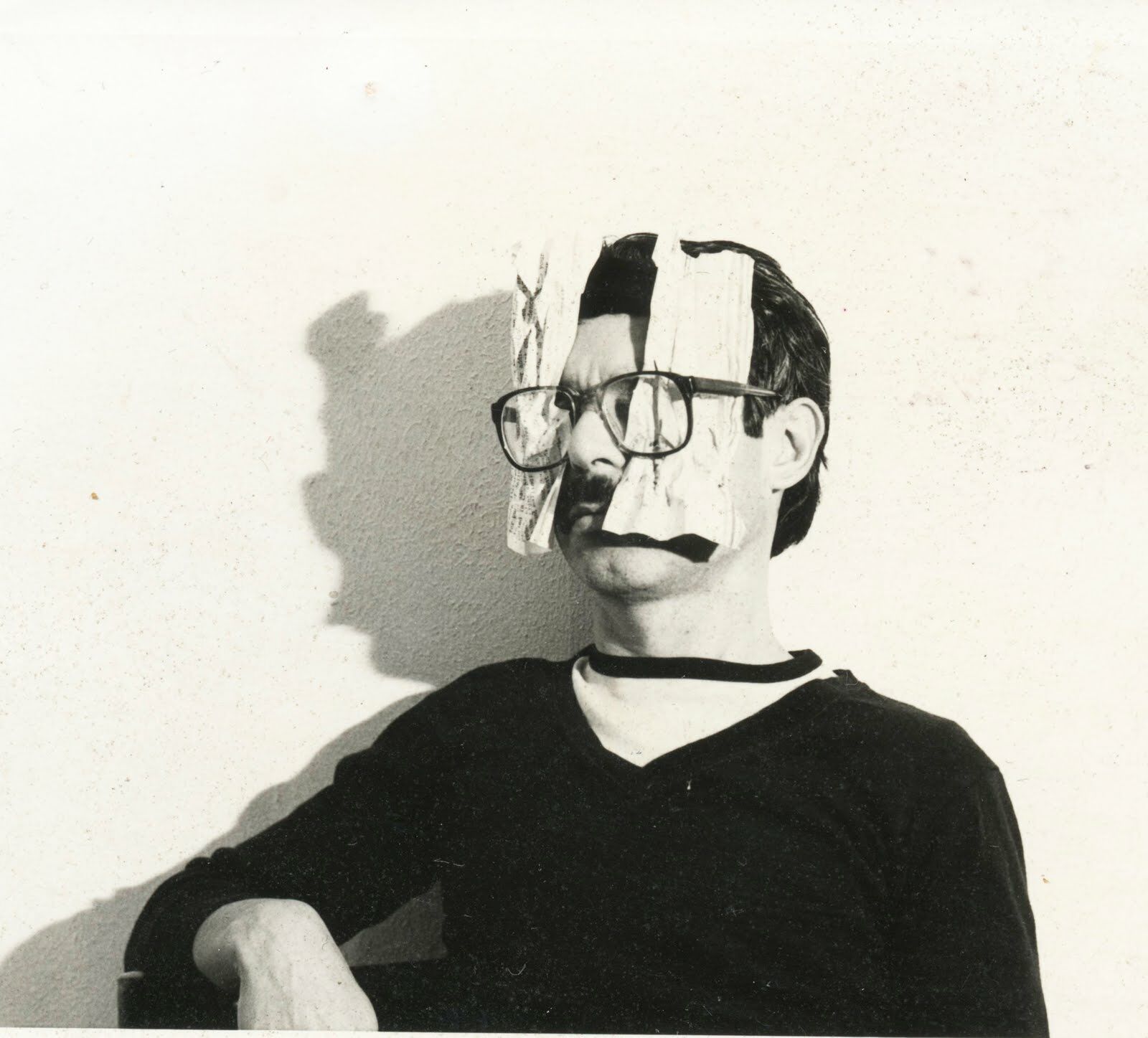Ulises Carrión: Dia de Muertos
Mexican Embassy the Netherlands

"There is no life and art, only life"
U. Carrión
Celebrate the Mexican Day of the Dead (Dia de Muertos) with a memorial for artist Ulises Carrión (1942 - 1989) at the Mexican Embassy in the Hague.
The program consists of a visit to the altar and exhibition "que viva el presente: Ofrenda voor Ulises Carrión", welcoming words by Eduardo Ibarrola, "Life is not death: Ulises is alive" by Vinicius Marquet, screening of two video essays by Ulises Carrión and a tasting of traditional Mexican food.
ULISES CARRIÓN was born in St. Andrés Tuxtla, Mexico, in 1941. He graduated as a teacher at the Escuela Normal Rural Veracruzana and continued studying philosophy and literature at the National Autonomous University of Mexico. In Mexico City he became a young literary talent by publishing La Muerte de Miss O (1966) and De Alemania (1970). After he received grants from the Centro Mexicano de Escritores, he moved to Europe to study language and literature at La Sorbonne in France (1964), at the Goethe Institute in Germany (1965) and at the University of Leeds in England (1972).
In 1972 he settled in Amsterdam, as many other international artists did, attracted by the cosmopolitan life of the city. Influenced by the open culture of the city and its art scene, he found a great place to develop his interest in language. During his life in Amsterdam,
he constantly participated in alternative art projects, such as The in-out Center, Gallery “A”, Stempelplaats Gallery and De Appel, as well as in international projects as the Beau Geste Press in the UK, founded by Felipe Ehrenberg and Martha Hellión. In Amsterdam he met with critical visual artists and intellectuals that already were questioning communication, such as Michel Cardena, Raúl Marroquín, David García, Jhon Liggins, Sigudur Gudmunsson,
Michael Gibbs, Juan Agius, Guy Schraenen, Martha Hawley, Max Bruinsma and Aart van Barneveld. Therefore, this ebullient scenario and generation are essential for understanding Ulises Carrión’s artwork and life.